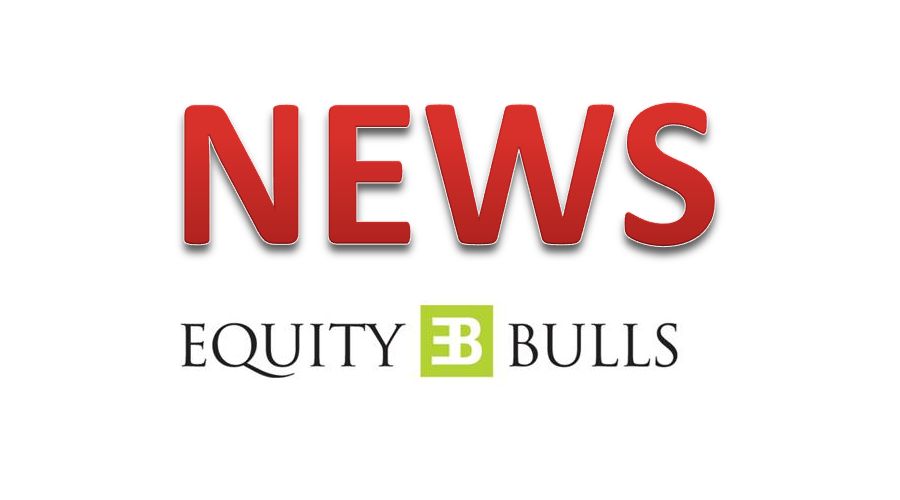 Jaro Education Renews Exclusive Partnership with Symbiosis International Deemed University
Jaro Education Renews Exclusive Partnership with Symbiosis International Deemed University Davin Sons Retail Ltd enters into rent agreement for warehouse
Davin Sons Retail Ltd enters into rent agreement for warehouse Bandhan Bank Ltd concludes sale of NPAs and written-off Portfolios to ARCs
Bandhan Bank Ltd concludes sale of NPAs and written-off Portfolios to ARCs Cupid Ltd to set up FMCG Manufacturing Facility in Saudi Arabia
Cupid Ltd to set up FMCG Manufacturing Facility in Saudi Arabia Astal Laboratories Ltd signs LOI with Immuna Therapeutics GmbH
Astal Laboratories Ltd signs LOI with Immuna Therapeutics GmbH
Market Commentary
Uneven but gradual recovery in store : DBS Research
Posted On : 2015-12-12 09:26:18( TIMEZONE : IST )

The narrative on the Indian economy has been positive on the back of are form-oriented government, macro-stability and easing inflation. Beyond the headline, markets are turning to ground realities. In contrast to the earlier calls of a sharp return to 8%+ growth, expectations have been tempered. Market estimates have gradually drifted towards our sub-consensus call for FY16 growth of 7.4%.Growth in first half of FY16 averaged 7.2%, with an uneven recovery in the key growth engines. Much of the cyclical upturn is led by higher urban consumption and accelerated government-led investments, while sluggish rural demand and subdued private sector activity trail the recovery process. Externally, a combination of weak imports but sluggish exports kept net exports in small red.
Heading into FY17, the next leg higher will be hamstrung by a slower pick-up in private sector capex interests, need to meet stringent fiscal targets and weak corporate earnings. While investment as a % of GDP has bottomed out, clearance of stalled projects slowed in the Sep quarter. At the same time, over capacity across sectors has lowered appetite for greenfield investments. The finished goods to sales ratio also ticked up in the last quarter according to the central bank's survey, while credit growth stagnates in single-digits. With banks still struggling with the burden of stressed assets, private sector expansion is likely to be led by a pick-up in existing capacity and revival in stalled projects rather than fresh investments.
The government meanwhile faces additional funding commitments next year. An increase in public-sector wages(0.5% of GDP), banks' capital infusion needs and pension scheme will compete with the need to step up capital/ developmental spending. If FY17 fiscal targets are maintained, the space to boost capital expenditure will narrow significantly. Weak export performance also poses an additional headwind. Against this background, we revise next year's growth expectation to 7.8% from8% earlier, with consumption likely to pull the cart in the first phase of the cyclical recovery. Executive reforms have been easier to push through than legislative decisions. Progress on structural impediments are being watched closely, with several piecemeal initiatives like diesel deregulation, easing FDI regulations, support for distressed power distributors etc., to be growth positive in the medium term.
In midst of rising fiscal commitments and a go-slow on the reform agenda, the central bank adopted a cautious tone at the December policy meet. Apr-Nov inflation have averaged a tepid 4.6% and with base effects kicking in over the remaining months of the fiscal year, we expect full-year to average 5%.Combination of these factors suggests that the RBI is likely to extend its on-hold stance in Feb 2016. Due later that month, the Union budget will provide insights into how public sector wage increases are factored into the fiscal books, with implications on inflation and price expectations. Into FY17, another window to lower rates might re-emerge when base effects suppress readings around midyear. Further scope of easing will be contingent on monsoon progress, aggregate demand conditions and inflationary expectations.
